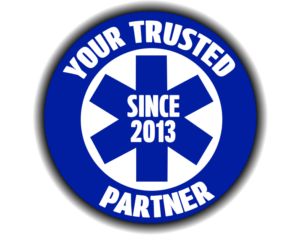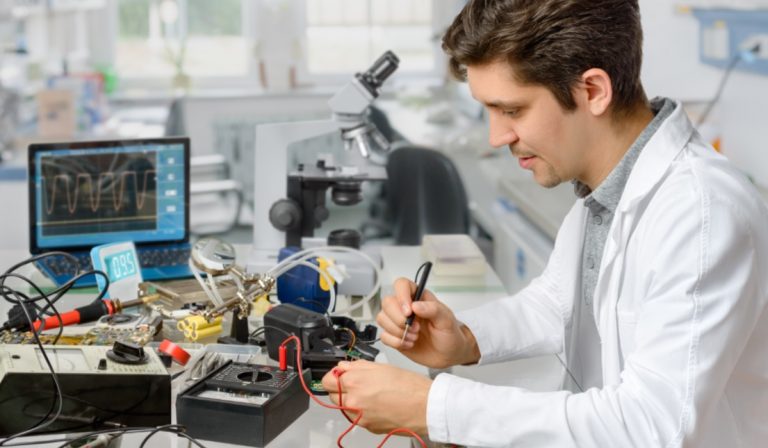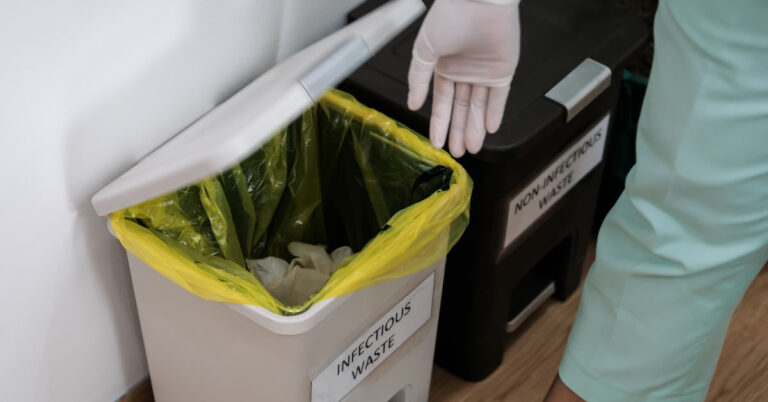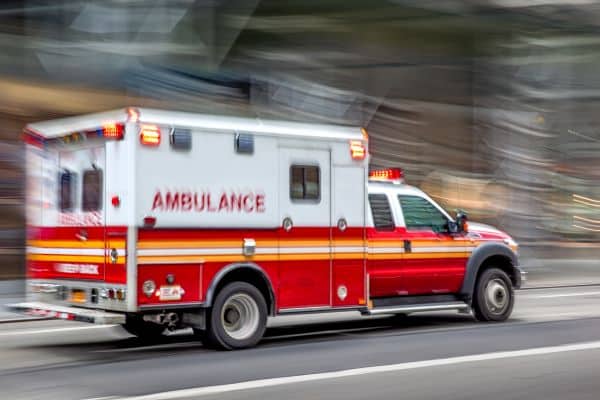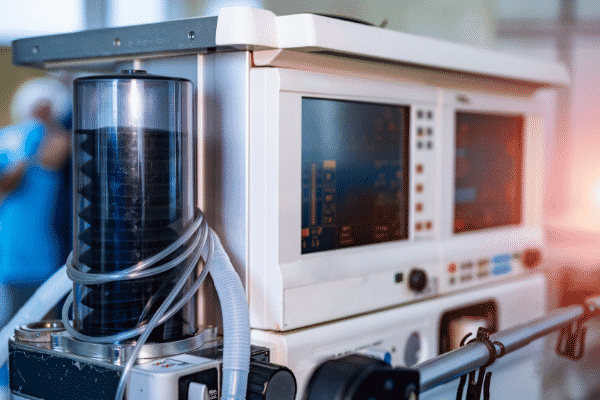
Understanding Mechanical Ventilation

In the broadest sense, a ventilator is a life support measure. Also called a respirator, a ventilator, or a breathing machine, it performs the breathing functions of forcing air into the lungs and allowing it to escape when a person isn’t able to do it independently. Life-support ventilation is an invasive procedure.
There are other types of non-invasive ventilation. Included in this category are CPAP (continuous positive airway pressure) and BiPAP (bi-level positive airway pressure) machines. Commonly worn by people who suffer from obstructive or central sleep apnea or both, the air flow is delivered by a mask that is worn over the nose and mouth. The CPAP machine delivers only one air flow option but the BiPAP machine delivers inhale and exhale pressure. These machines do not breathe for a patient but continue to provide oxygen in the event that the patient stops breathing temporarily.
The reasons for putting a patient on a ventilator include:
- To get oxygen in high concentrations into the lungs
- To help eliminate carbon dioxide
- To keep the patient from expending energy to breathe that is needed to recover or fight infection
- To breathe for someone who cannot breathe on their own because of a nervous system injury or severely weak muscles
- To breathe for a patient who is unconscious due to infection, toxins in the body, or a substance or drug overdose
In order to put a person on a ventilator, an endotracheal tube is inserted through the patient’s nose or mouth and down through the trachea or windpipe. It can also be placed directly into the trachea. The other end of the tube is connected to the ventilator, which can then push oxygen and air into the patient’s lungs. It can also exert a constantly low amount of pressure called PEEP, or positive end-expiratory pressure, that keeps the air sacs from collapsing. The patient is usually in the Intensive Care Unit and is monitored closely while on a life-supporting ventilator.
It should be understood that mechanical ventilation doesn’t actually cure patients, but it can allow them to heal and progress or regain consciousness since their bodies don’t have to expend so much extra energy to breathe. Ventilators have been an important strategy to lower the mortality rates from the COVID-19 pandemic and will continue to be used as life saving measures in the future. Coast Biomedical Equipment carries a wide range of ventilators and other vital medical equipment, supplies, and accessories. Contact us today to learn more or to discuss medical equipment repairs or trade-ins.

